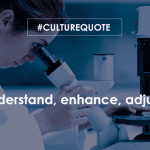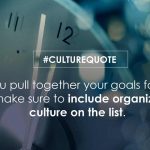Find your equilibrium in a changing market environment
When we say that something is ‘hanging in the balance,’ we mean that it is in a precarious position. There is an element of risk, uncertainty, and instability. At Denison Consulting, we believe that this is true of organizations – they are always ‘hanging in the balance.’
There will always be a combination of internal and external forces that create risk, uncertainty and ambiguity in the workplace. Leadership changes, restructuring, the introduction of new technologies, and making acquisitions represent a few of the more significant internal actions that can destabilize a company.
External forces are at play as well. Competition, changes in local and global economies, political and regulatory changes, and other disruptors are all examples of external threats that can create risk and ambiguity for organizations. How do we know whether our company is effectively balancing the tensions created by these forces?
Build alignment within an organizational system
Essentially organizations are complex systems: a combination of people, structures and processes. When our systems are in alignment, we create more balance. When we are less aligned – when we get too far out of balance – the result is confusion, conflict and dysfunction. One need look no further than some of the recent corporate failings to see what happens when a system’s checks and balances get out of sync.
Look at these Core Values:
- People as a competitive advantage
- Ethics
- What’s right for customers
- Diversity and inclusion
- Leadership
Now look at this goal: An outcome of offering customers the products and services they need, want, and value is that we earn more opportunities to serve customers, or what we call cross-sell.
What might happen if the goal of ‘cross-selling’ becomes much more important than achieving that goal in accordance with the core values? The answer is Wells Fargo. Cross-selling and capturing a greater share of your customer’s business is an ambition of many organizations. It is a legitimate business objective. It only becomes a problem when the balance is lost and achieving that objective is pursued at the exclusion of other critical qualities of a healthy system, qualities that include the values, customer care and an environment in which employees are empowered to speak up without fear of retribution.
Create a framework to measure stability
Returning to the question raised above: how do we know when our company is in (or out) of balance? Fortunately, the Denison Culture Model and assessment offers a ‘systems’ framework for understanding and managing culture. The cultural traits and indexes captured by the model represent a set of elements that are coherently organized and interconnected, and the cultural assessment based on the model provides a powerful visual representation of the balance, or imbalance in your organization.
Every day we face both internal and external demands. We strive for some sense of stability while attempting to be flexible in response to the changes in our environment. We ask ourselves…are our short term goals aligned with our longer term ambitions? Do we understand our customer’s needs and have we developed the internal systems to deliver against those needs? Are we adapting to the business environment while staying true to our values? Is our strategy clear and do we have the skills needed to execute against the strategy?
Decades of research show us that it is the organizations that develop capabilities across the system that are the organizations that grow, produce higher quality products and services, operate more efficiently and create a loyal customer and employee base. They effectively manage these inherent tensions. They see their organizations as systems with an intricate set of practices and behaviors that, when aligned, can create a powerful force. They know that success is ‘hanging in the balance’.




